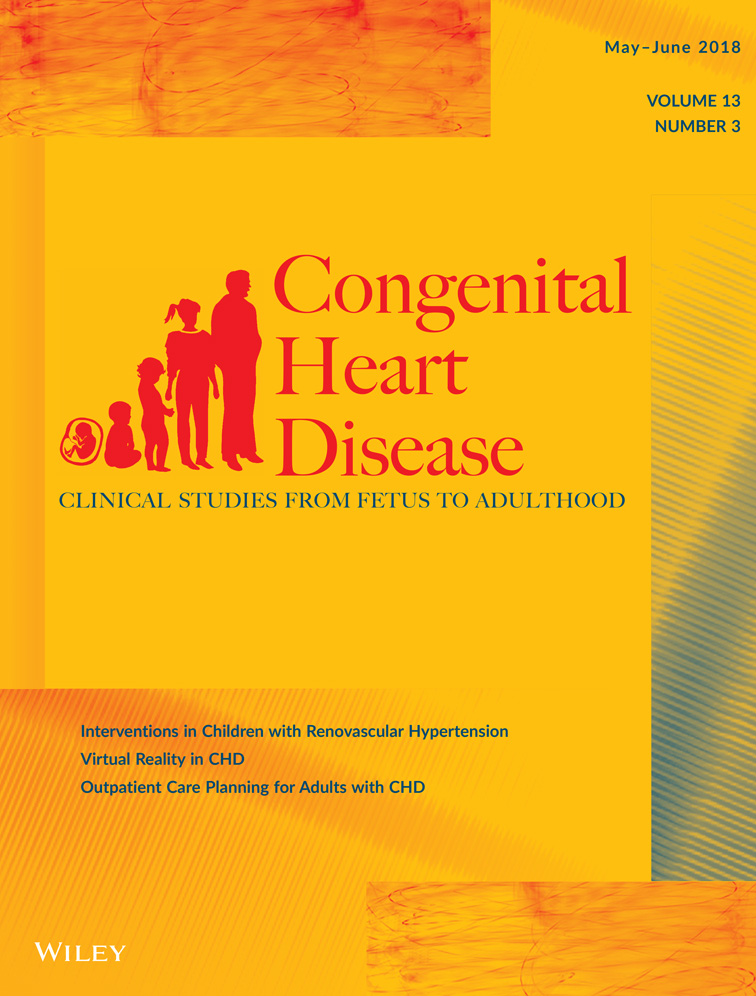Decreased inappropriate shocks with new generation ICDs in children and patients with congenital heart disease
Abstract
Objective
Inappropriate implantable cardioverter defibrillator (ICD) shocks in children and patients with congenital heart disease (CHD) remain a major complication of device therapy, occurring in as many as 50% of children with ICDs. New generation devices include algorithms designed to minimize inappropriate shocks. This study aimed to evaluate the effect of new generation ICDs on the incidence of inappropriate shocks in the pediatric and CHD population.
Design
Retrospective study of patients with CHD or under age 25 receiving ICDs between 2000 and 2015. New generation ICDs were defined as those with Medtronic “SmartShock” algorithms.
Results
Two hundred eight devices were implanted in 146 patients. Rates of inappropriate shocks were similar between diagnoses (P = .71). The rate of inappropriate shock was 15% over median 5.8 years follow-up. In the 36 patients (25%) with new generation ICDs, the rate of inappropriate shock was 6.3% over 4 years. Comparing old to new generation ICDs, freedom from first inappropriate shock was 90.6% versus 97.1% at 1 year and 80.4% versus 97.1% at 3 years (P = .01). Lead fracture was associated with having inappropriate shock (hazard ratio 8.5, P < .0001), and there was no significant difference between the device groups when lead fractures were excluded. Clinical actions were taken in 69% of patients after initial inappropriate shock (such as medication or program change, system revision, or explant). When an action was taken, subsequent inappropriate shock was reduced (5.3% vs 49.2% at 1 year; P = .002).
Conclusions
Pediatric and CHD patients are experiencing reduced inappropriate shocks with new generation ICD systems, though reduced lead fracture may account for this improvement. Clinical interventions after inappropriate shock favorably impact the subsequent rate of shocks once an inappropriate shock occurs.
CONFLICT OF INTEREST
None.




